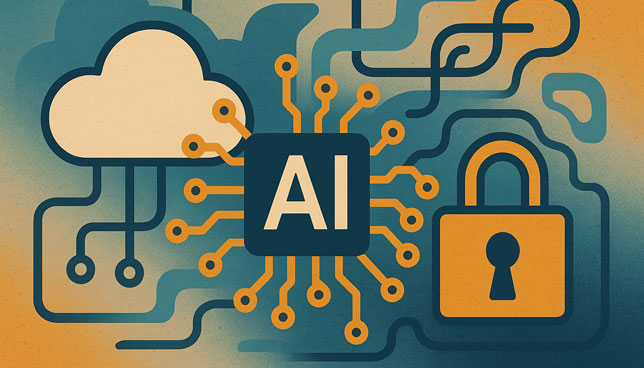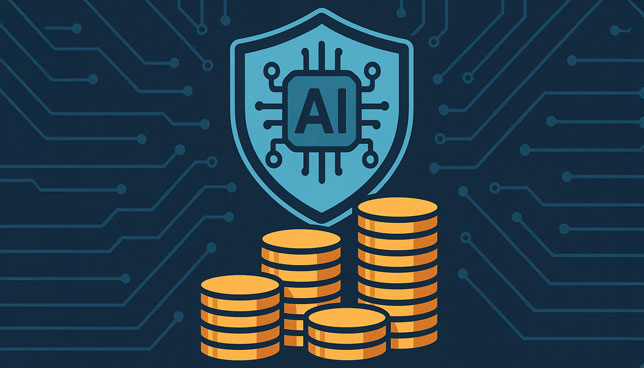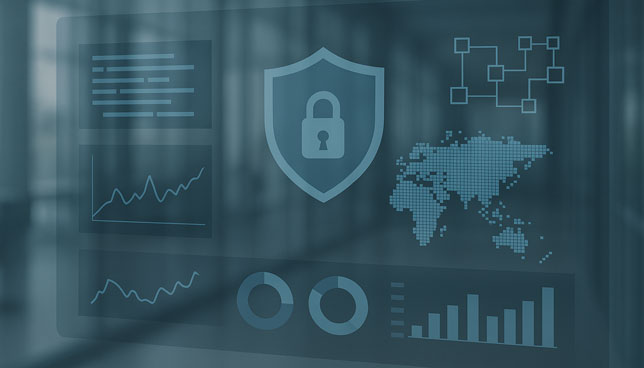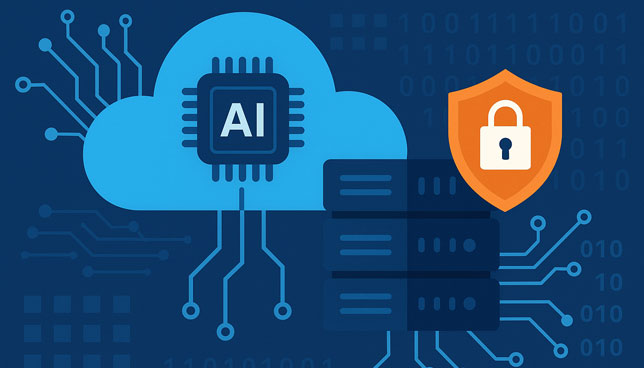
In recent years, colleges and universities have faced an evolving array of cybersecurity challenges. But one threat is showing signs of becoming both more frequent and more politically charged: hacktivism.

The National Institute of Standards and Technology has unveiled plans to issue a new set of cybersecurity guidelines aimed at safeguarding artificial intelligence systems, citing rising concerns over risks tied to generative models, predictive analytics, and autonomous agents.

CrowdStrike’s 2025 Threat Hunting Report found that AI tools are being weaponized and directly targeted, while cloud intrusions surge 136% in early 2025.

While large language models have been touted for their potential in cybersecurity, they are still far from executing real-world cyber attacks — unless given help from a new kind of abstraction layer, according to researchers at Carnegie Mellon University and Anthropic.

Registration is free for this fully virtual Sept. 25 event, focused on "Overcoming Roadblocks to Innovation" in K-12 and higher education.

With the United States Department of Defense's Cybersecurity Maturity Model Certification 2.0 framework entering Phase II on Dec. 16, 2025, institutions must develop a cybersecurity posture that's resilient, defensible, and flexible enough to keep up with an evolving threat landscape.

Microsoft has announced a new e-mail security dashboard in Microsoft Defender for Office 365, offering customers visibility into threat detection metrics and benchmarking data.

A new Thales report reveals that while enterprises are pouring resources into AI-specific protections, only 8% are encrypting the majority of their sensitive cloud data — leaving critical assets exposed even as AI-driven threats escalate and traditional security budgets shrink.

IBM has launched a new software stack for enterprise IT teams tasked with managing the complex governance and security challenges posed by autonomous AI systems.

Nearly nine out of 10 organizations are already using AI services in the cloud — but fewer than one in seven have implemented AI-specific security controls, according to a recent report from cybersecurity firm Wiz.